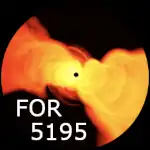The annual assembly 2024 took place on 25 – 27 March in Würzburg, Germany.
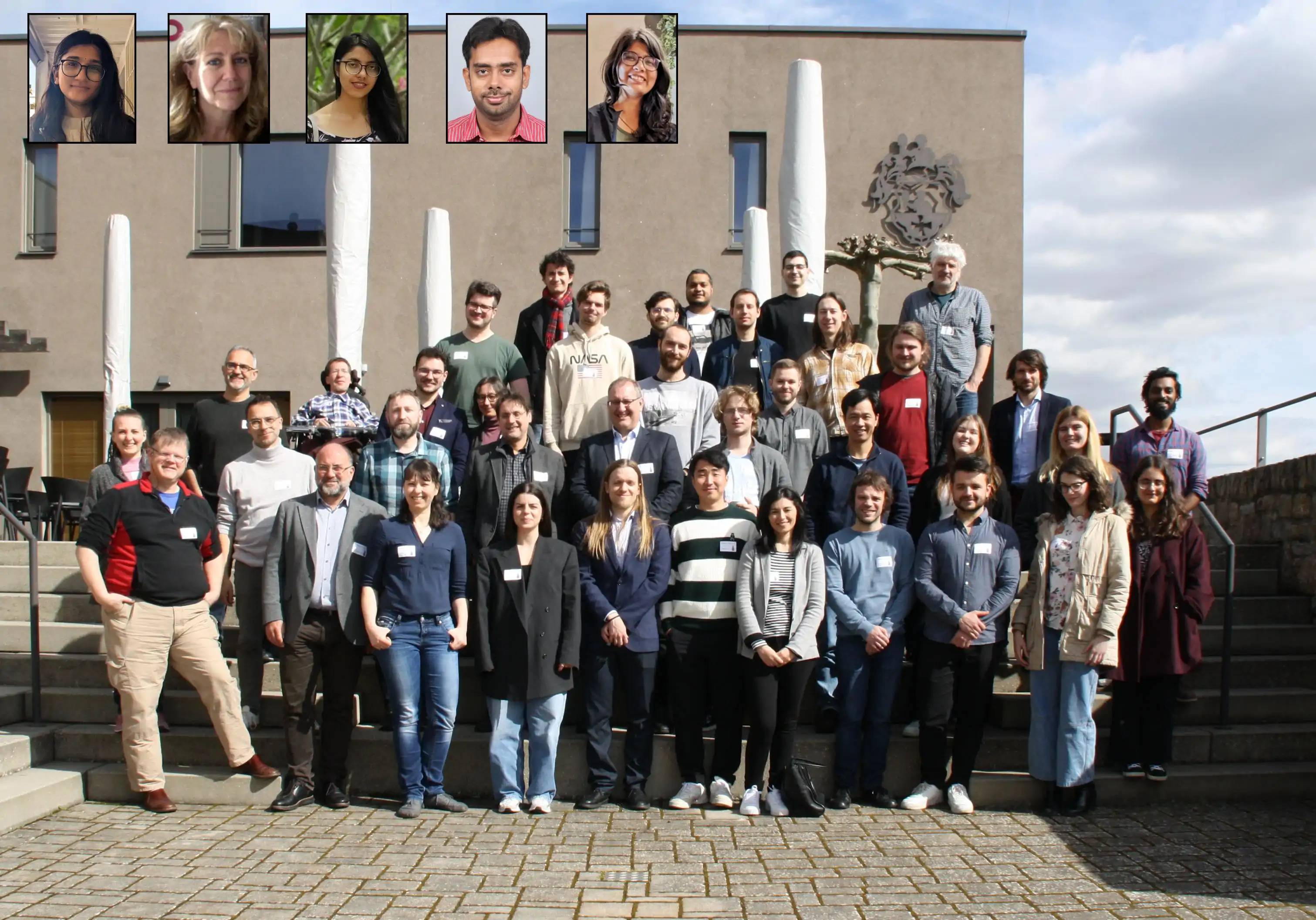
The meeting was the annual gathering of all members and associated researchers of the research unit as well as of selected experts external to the research unit. Participants have presented their research topics, their numerical, computational or analytical techniques, their barriers and obstacles to progress, current difficulties and immediate problems as well as their near-future goals. There was also ample space to discuss conceptual models, recent findings up to now, as well as to plan future starting points of research.
The purpose of the assembly was to gain insight about different approaches, about solution finding and especially to plan future collaborations and potential synergies and to enrich the colleagues’ work with fruitful hints.
To empower scientists belonging to under-represented groups of the society and to advance towards equality in academia, a one-day workshop on equality and diversity took place during four sessions spread over the annual assembly. The workshop with title „Enhancing Gender Equality and Diversity in Physics“ was conceived by Dr. Anne Freese, Dr. Isabel Fraas, Dr. Julien Bobineau and the research unit’s equality committee and was led by the former three. This in-depth workshop took place both in plenum rounds, in interactive sessions as well as in smaller, relaxed rounds and the goal was to elaborate a Code of Conduct for the research unit.
For additional information, open this page with more detailed instructions.
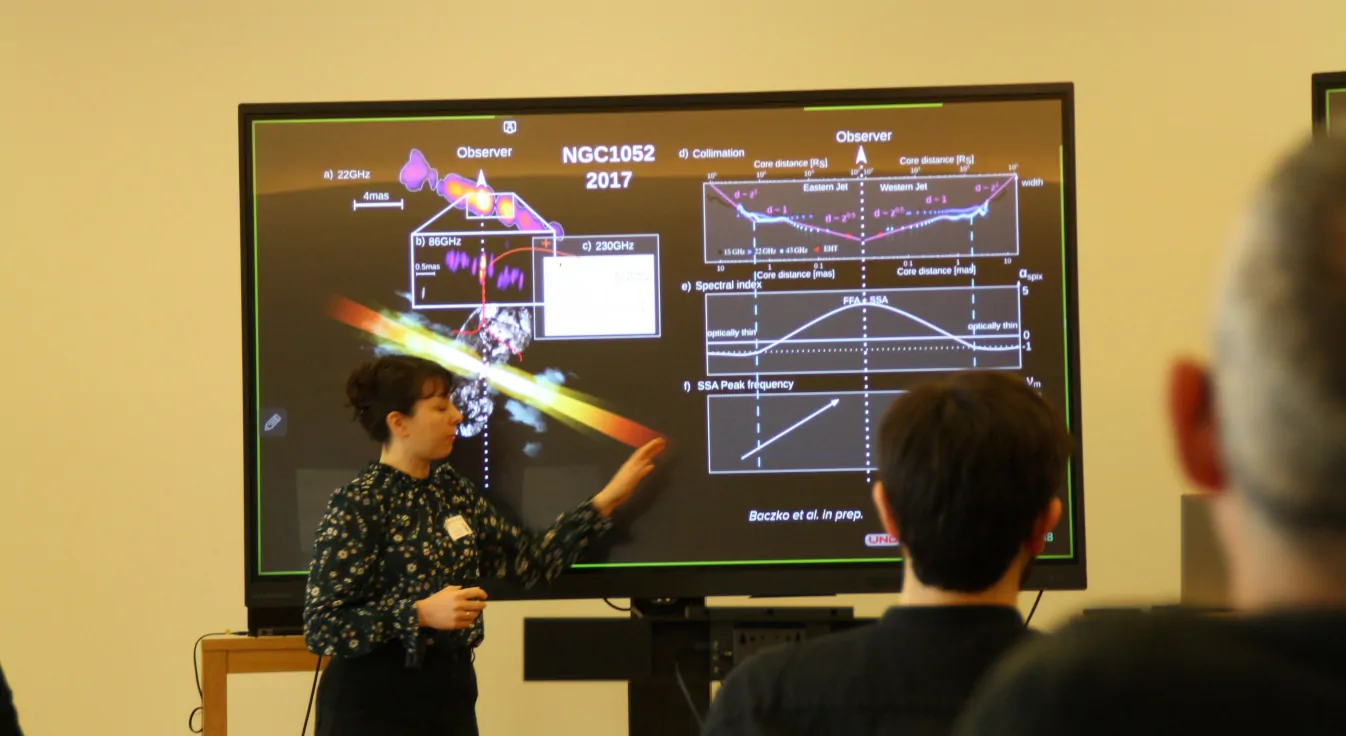
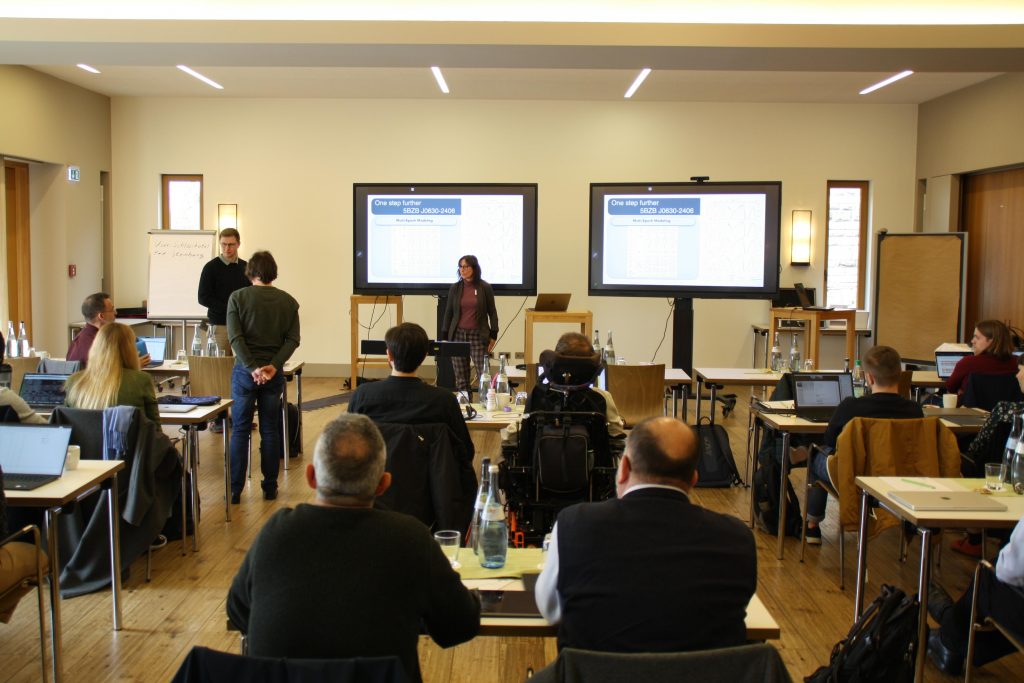
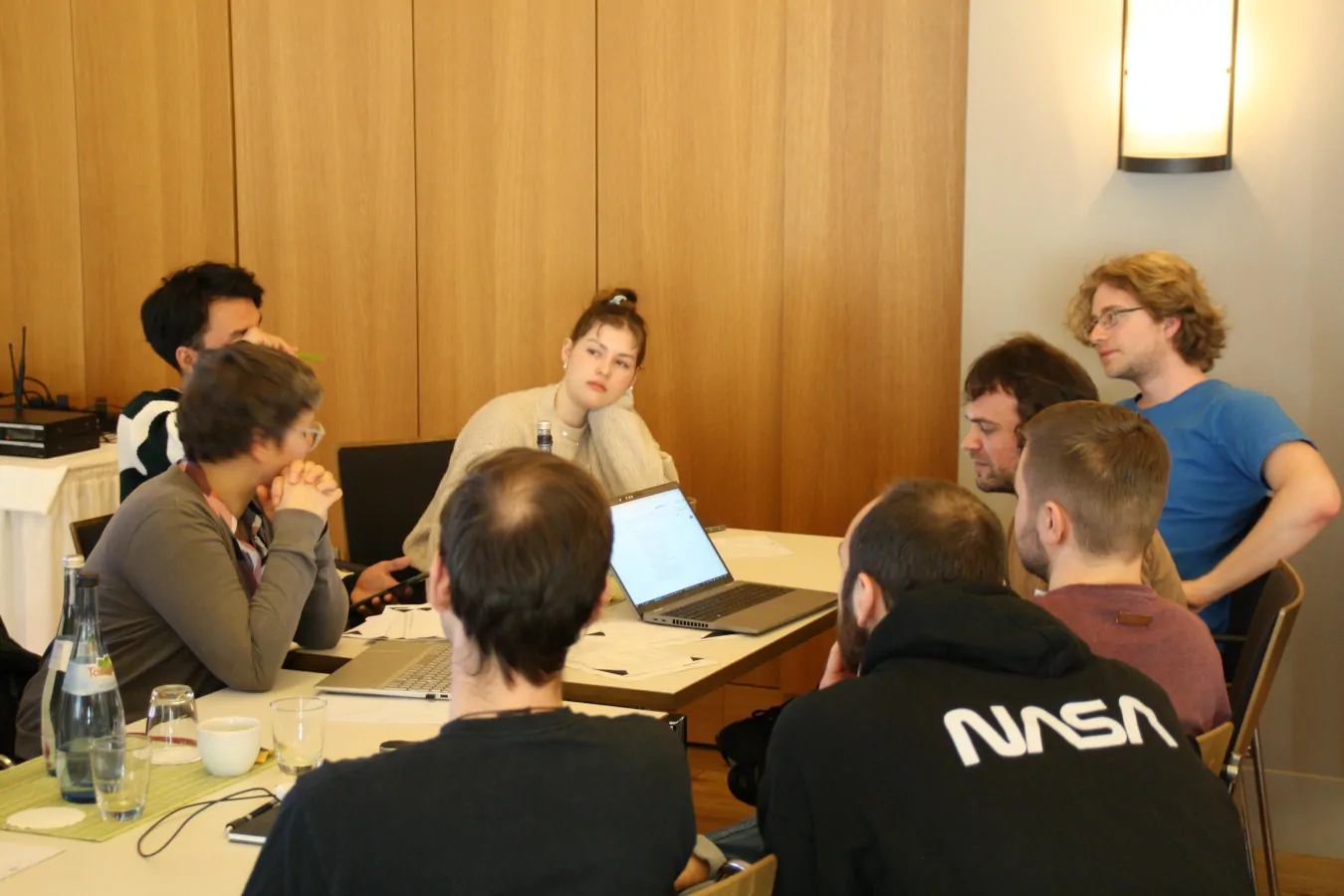
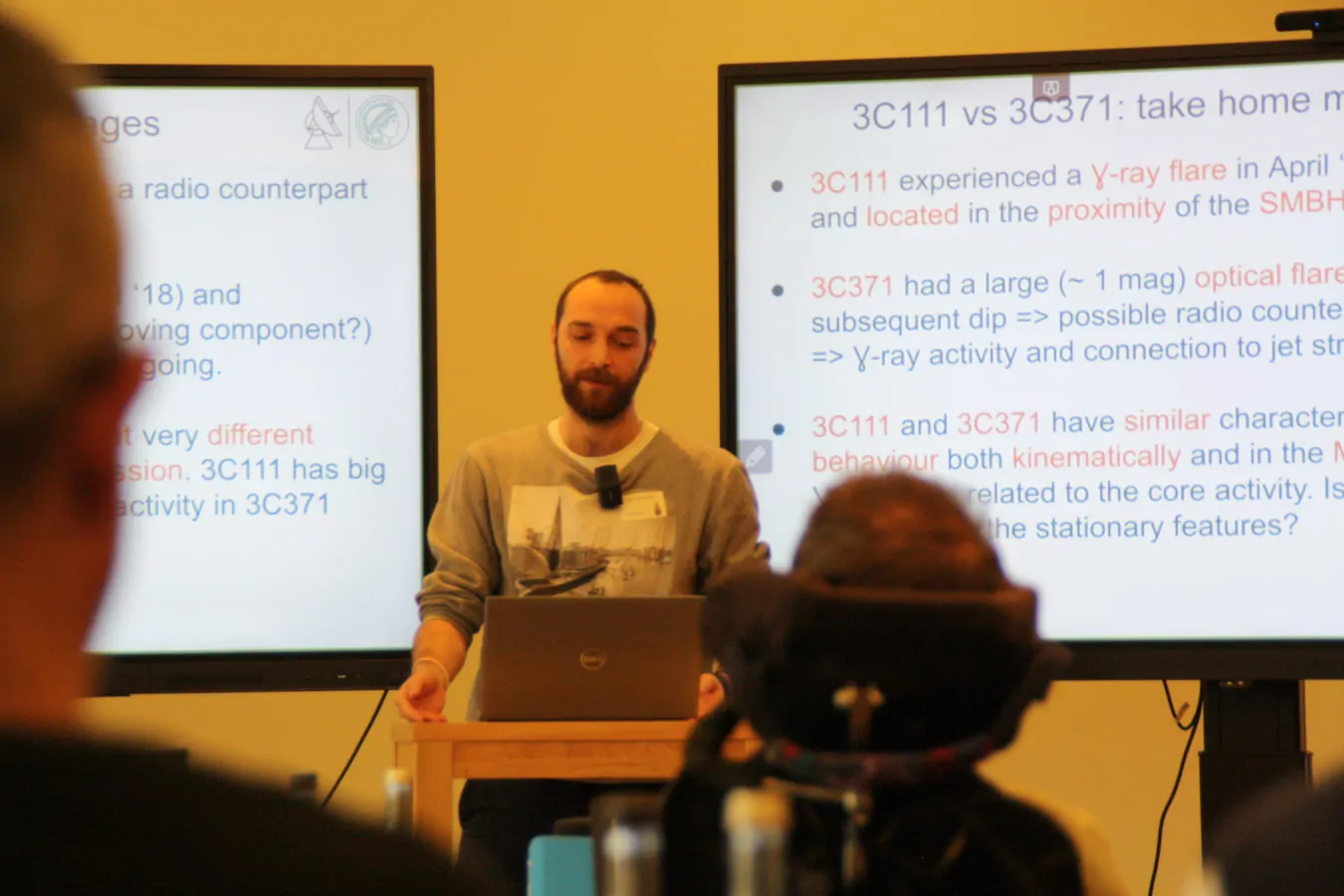
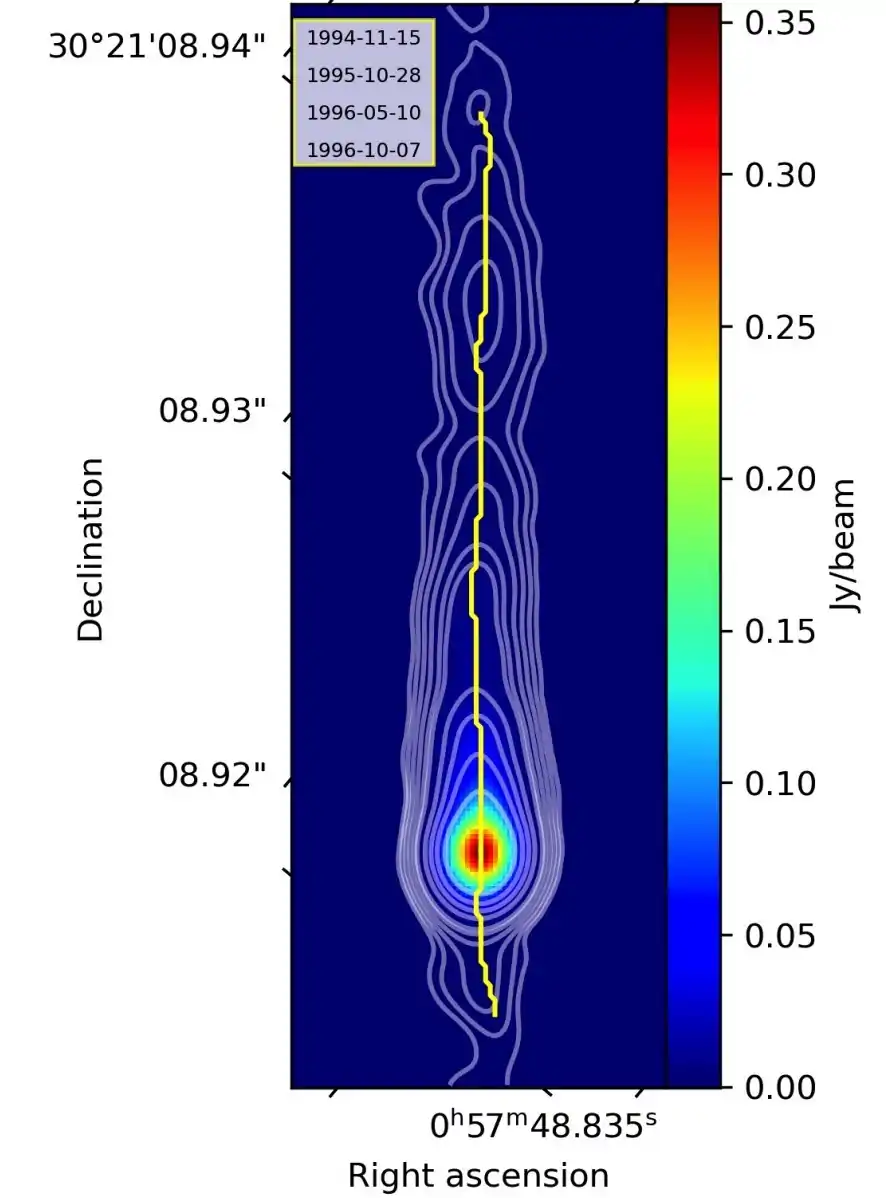
DFG Research Unit (Forschungsgruppe) FOR 5195 – Relativistic Jets in Active Galaxies
Funded by the Deutsche Forschungsgemeinschaft (DFG, German Research Foundation)
